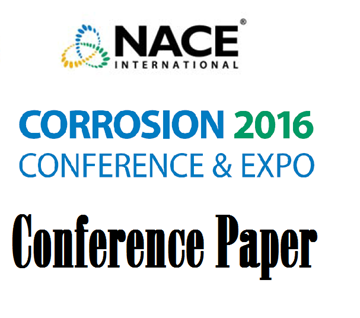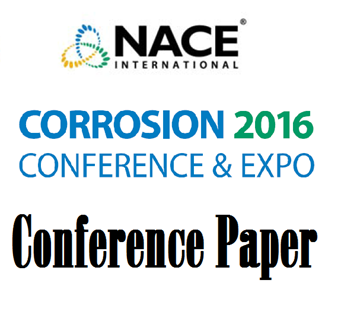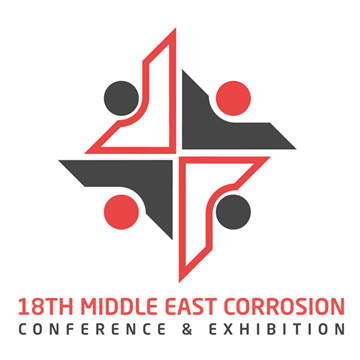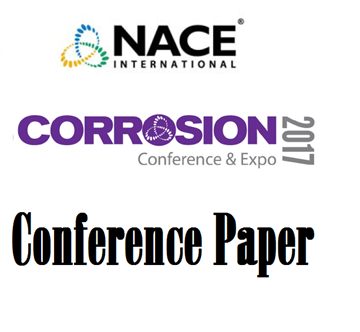Search
Products tagged with 'microbiologically influenced corrosion (mic)'
View as
Sort by
Display
per page
51316-7117-Biocide Injection to Eliminate the Risk of Bacterial Growth and Corrosion Failure in Non Internal Coated Pressure Safety Valve from an Eocene Sub Centre at Partitioned Zone (Kingdom of Saudi Arabia and Kuwait). – A Case Study
Product Number:
51316-7117-SG
ISBN:
7117 2016 CP
Publication Date:
2016
$20.00
51316-7194-Monitoring and Risk Assessment of Microbiological Influenced Corrosion in Offshore Pipelines
Product Number:
51316-7194-SG
ISBN:
7194 2016 CP
Publication Date:
2016
$20.00
Impact Of Preservation Method, Storage Temperature, And Processing Time On Microbiological Community Shift In Solid Samples Collected From Crude Oil Transmission Pipelines
Product Number:
51322-18009-SG
Publication Date:
2022
$20.00
Laboratory Investigation of Biocide Treated Waters to Inhibit Biofilm Growth and Reduce the Potential for MIC
Product Number:
51321-16209-SG
Publication Date:
2021
$20.00
Microbiologically Influenced Corrosion by General Aerobic and Anaerobic Bacteria in Oil & Gas Separators
Product Number:
51320-14365-SG
Publication Date:
2020
$20.00
Mitigation Of Carbon Steel MIC Using THPS Enhanced By A Biofilm Dispersing Peptide In A Flow Loop With An Oilfield Biofilm Consortium
Product Number:
51322-17560-SG
Publication Date:
2022
$20.00
Premature Failure of Copper Nickel Tubes Due to Microbiologically Influenced Corrosion (MIC) -A Case Study
Product Number:
MECC23-20150-SG
Publication Date:
2023
$20.00
Quantification of Microbiologically Influenced Corrosion in Injection Water Pipelines
Product Number:
51317--9343-SG
ISBN:
9343 2017 CP
Publication Date:
2017
$20.00
Split Chamber Zero Resistance Ammetry Technique (SC-ZRA) For Detecting And Quantifying Microbially Influenced Corrosion In Oil And Gas Systems
Product Number:
51322-18191-SG
Publication Date:
2022
$20.00
Statistical Analysis Of U.S. Onshore Hazardous Liquid Pipeline Accidents From 2010 To Present Caused By Internal Corrosion And Possible Solutions
Product Number:
51321-16910-SG
Publication Date:
2021
$20.00
The 1000´S Of Microbial Genera Found In Argentina´S O&G Fields: Their Impact On Microbially Induced Corrosion And Integrity Of Facilities
Product Number:
51321-16754-SG
Publication Date:
2021
$20.00











